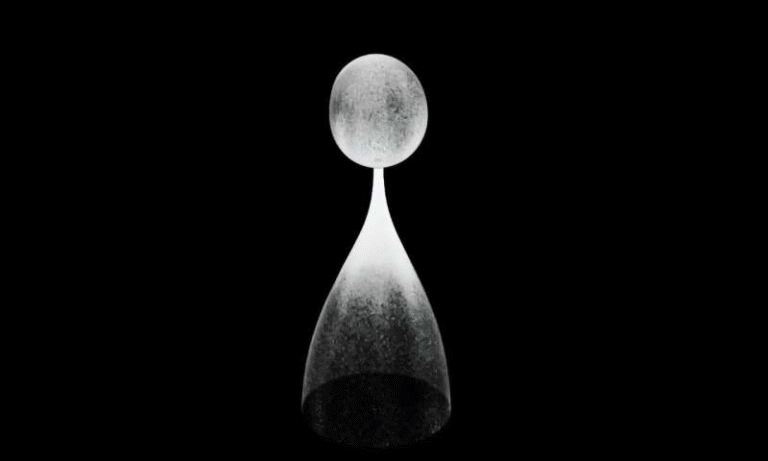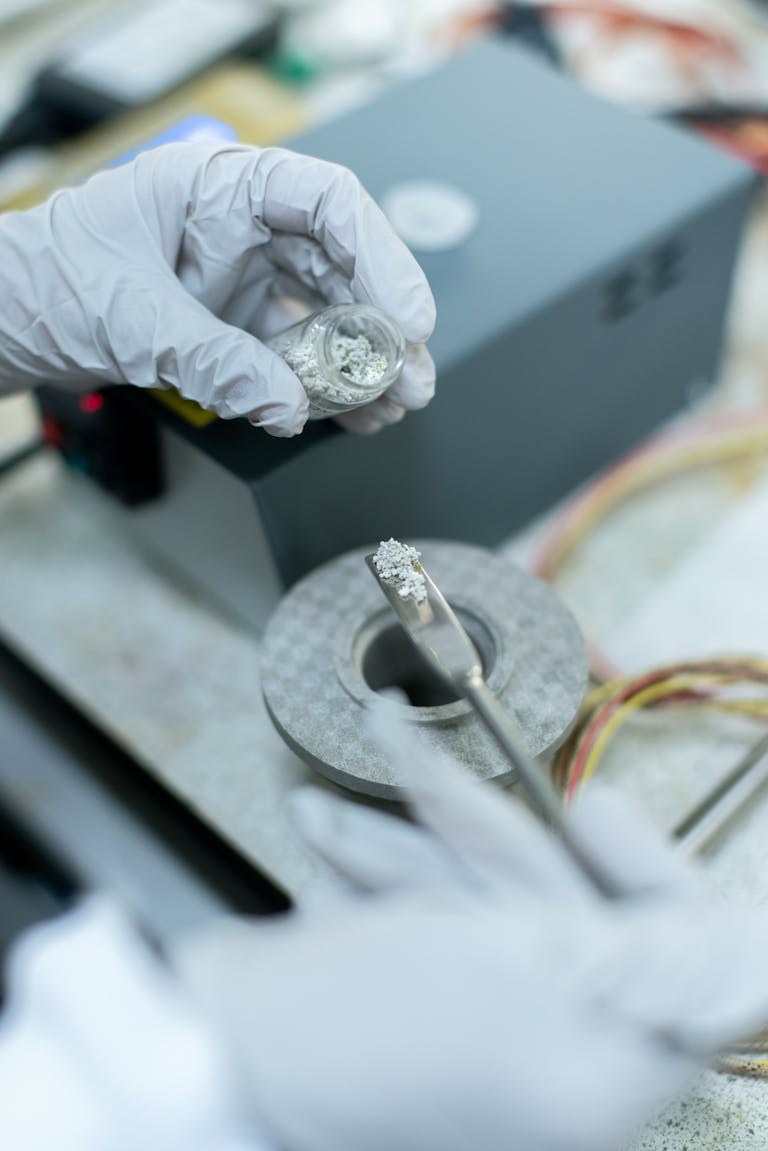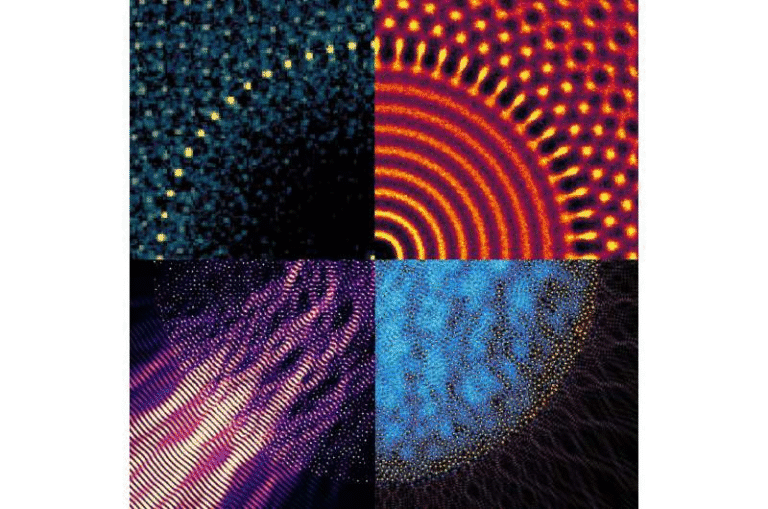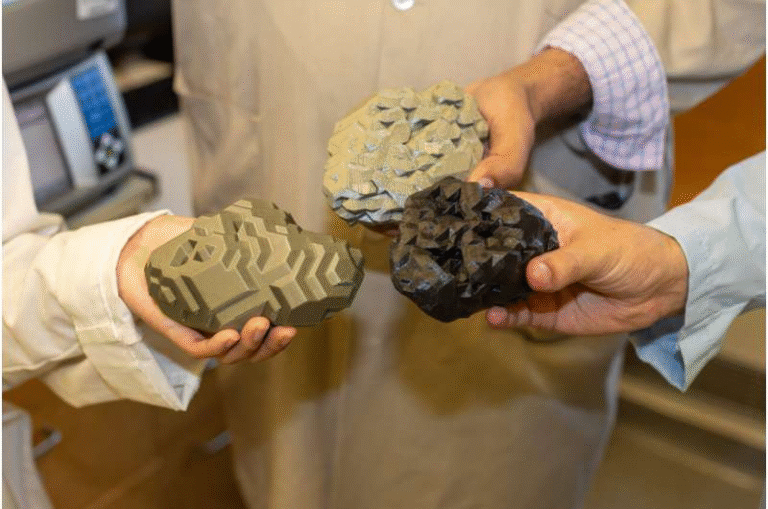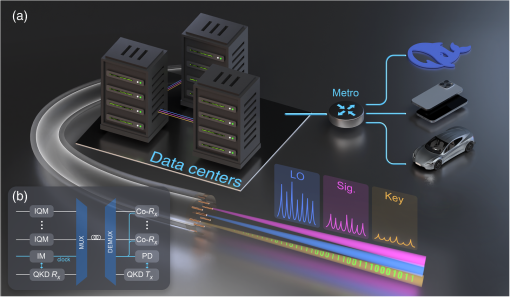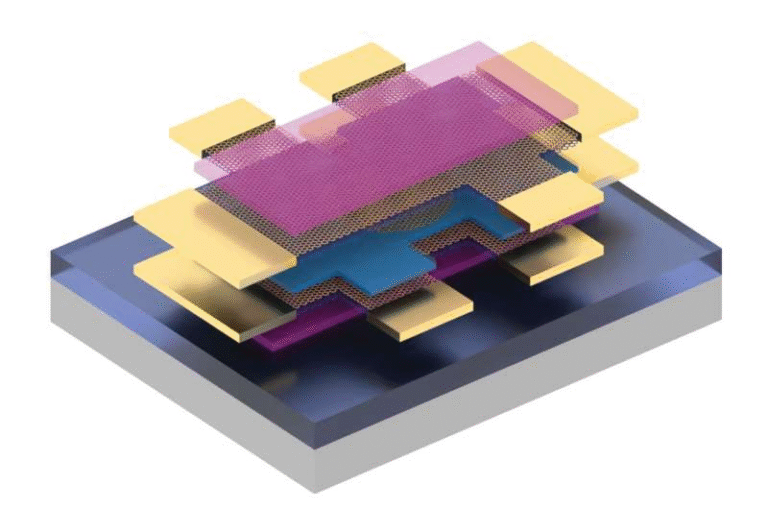Scientists Demonstrate First W State Entangled Measurement, Bringing Quantum Teleportation Closer
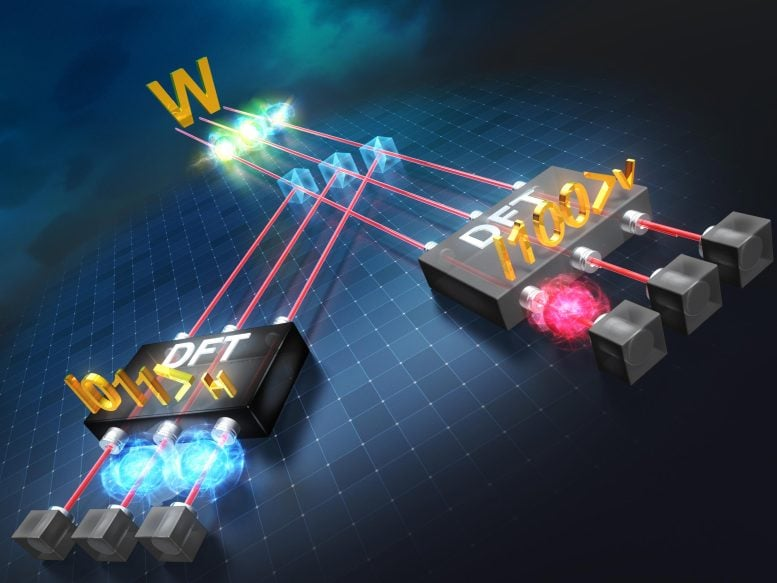
Researchers from Kyoto University and Hiroshima University have achieved something that scientists in the quantum world have been chasing for decades: the first entangled measurement of W states. This milestone, which has now been experimentally demonstrated with three photons, could accelerate the development of quantum teleportation, quantum communication, and measurement-based quantum computing.
Let’s break this down clearly, step by step, so that all the details of the research, its methods, and its potential implications are easy to understand.
What Exactly Was Achieved
In quantum physics, entanglement is a state where two or more particles become so deeply connected that the properties of one cannot be described independently of the others. This goes against classical intuition and was famously called “spooky action at a distance” by Einstein.

For quantum technologies to advance, scientists need to not only generate these entangled states but also identify and measure them accurately. Until now, entangled measurement—being able to tell exactly which type of entangled state you have—was limited.
- Researchers had already demonstrated entangled measurement for GHZ states (Greenberger-Horne-Zeilinger states).
- But for W states, another fundamental type of multi-particle entanglement, no theoretical method or experimental demonstration had existed until this breakthrough.
Now, the Kyoto-Hiroshima team has closed this gap.
What Are W States?
To understand the significance, you need to know what W states are.
- A W state is a special kind of multi-particle entangled state. Unlike GHZ states, W states have a cyclic symmetry and are more robust if one particle is lost.
- In simple terms: GHZ states are like a delicate web where losing one strand collapses the whole structure, while W states are more resilient. This resilience makes them extremely valuable for quantum communication and other real-world applications.
For decades, scientists had methods to measure GHZ states, but W states remained elusive.
The New Method
The team led by Shigeki Takeuchi developed a method based on the cyclic shift symmetry of W states. Using this principle, they created a photonic quantum circuit capable of performing a quantum Fourier transform (QFT) tailored to W states.
Key details of their approach:
- The circuit was designed specifically for three photons, but the method can theoretically be applied to W states of any number of photons.
- They built a three-mode discrete Fourier transform (DFT) optical circuit, which is capable of distinguishing between different types of three-photon W states.
- The circuit is highly stable and can operate for long periods without the need for active control.
To test their setup, they sent in three single photons prepared with specific polarization states. The device then successfully discriminated between the different W states, each associated with unique non-classical correlations among the photons.
How Well Did It Work?
The fidelity of the experiment—that is, how accurately the system identified the correct W state—was measured at 0.871 ± 0.039.
This means the device was about 87% accurate when given a pure W state input. While this isn’t perfect, it’s a strong demonstration that the concept works. In principle, the measurement method is deterministic and could reach 100% accuracy with ideal experimental conditions.
Why This Matters
This achievement has several major implications:
- Quantum Teleportation
- Being able to perform entangled measurements on W states enables more complex quantum teleportation schemes, allowing quantum information to be transferred more efficiently.
- Quantum Communication
- W states’ resilience makes them highly useful in communication systems. The ability to measure them reliably opens doors to multi-party communication protocols and network-based entanglement sharing.
- Measurement-Based Quantum Computing
- In this model of quantum computing, computations are driven by sequences of entangled measurements. Adding W state measurements to the toolkit increases the range of possible operations.
- Scalability
- Although the current demonstration is limited to three photons, the design can in theory handle larger numbers. The team also plans to develop on-chip photonic quantum circuits for entangled measurements, making the system more scalable and practical.
Challenges and Limitations
Like any breakthrough, there are still hurdles:
- The 87% fidelity shows imperfections remain, caused by photon losses, detector inefficiencies, and other technical factors.
- Scaling to larger photon numbers will make the optical circuits more complex and more prone to error.
- Stability, while good in the current system, may become harder to maintain as systems scale up.
Despite these challenges, the research represents a first-of-its-kind demonstration that lays the foundation for further progress.
How This Fits Into the Bigger Picture
To appreciate the impact of this study, let’s step back and look at the broader landscape of quantum entanglement and quantum states.
GHZ States vs W States
- GHZ states: Highly entangled, but fragile. If you lose even one particle, the whole entanglement collapses.
- W states: Less entangled overall but robust. Even if one particle is lost, entanglement among the remaining particles survives.
Both play important roles in different applications. GHZ states are great for certain quantum algorithms, while W states shine in communication protocols.
Why Entangled Measurements Are Crucial
Normal methods like quantum state tomography can identify entangled states, but the process requires a massive number of measurements that grows exponentially with the number of particles.
Entangled measurements, on the other hand, can identify the state in a single step, making them vastly more efficient.
Broader Applications of W States
Beyond this immediate breakthrough, W states are already considered essential for:
- Secure quantum communication: They allow multiple parties to share entanglement and establish secure keys.
- Distributed quantum computing: W states can help link small quantum processors into larger networks.
- Error-tolerant protocols: Their resilience makes them a natural fit for real-world systems where particle loss is inevitable.
Future Outlook
The Kyoto-Hiroshima team has outlined the next steps:
- Apply the method to larger-scale W states involving more photons.
- Develop on-chip photonic circuits to make the system compact, scalable, and practical for real-world use.
- Integrate the technique into quantum networks and quantum computing architectures.
This work marks the closing of a gap in quantum science that has stood for over 25 years, since entangled measurement for GHZ states was first achieved. Now, with W states added to the toolkit, the path toward advanced quantum technologies looks clearer.
Extra Knowledge: A Quick Primer on Quantum Teleportation
Since teleportation was mentioned, here’s a straightforward explanation.
- Quantum teleportation doesn’t mean teleporting matter like in science fiction. Instead, it’s about transmitting the state of a quantum particle from one location to another.
- The process requires entanglement: two parties (say Alice and Bob) share an entangled pair. Alice performs a special measurement with her particle and the unknown state she wants to send. This collapses her particles into a certain outcome, which she communicates to Bob using classical channels.
- Bob then applies the right transformation, and his particle becomes an exact copy of the state Alice wanted to send.
W states make teleportation more flexible and resilient, particularly in multi-party scenarios.
Funding and Publication
This research was supported by:
- Japan Science and Technology Agency (JST)
- Japan Society for the Promotion of Science (JSPS)
It was published in Science Advances on September 12, 2025, in a paper authored by Geobae Park, Holger F. Hofmann, Ryo Okamoto, and Shigeki Takeuchi.
Reference: Entangled measurement for W states – Science Advances (DOI: 10.1126/sciadv.adx4180)
